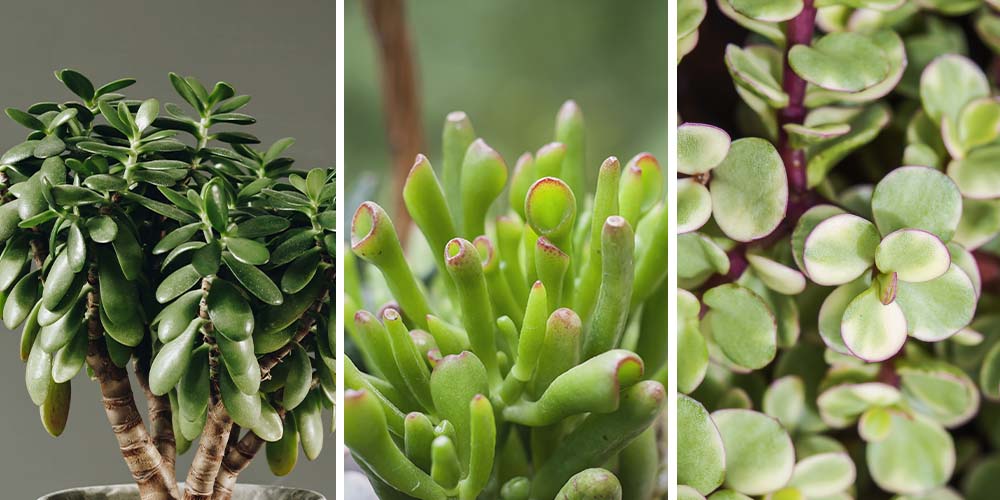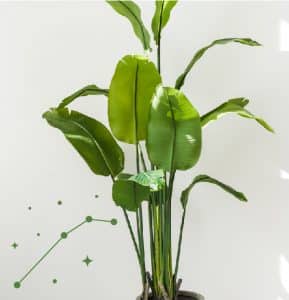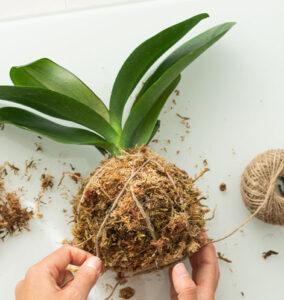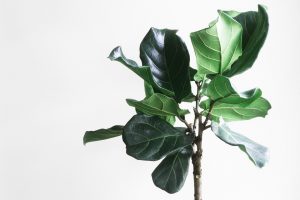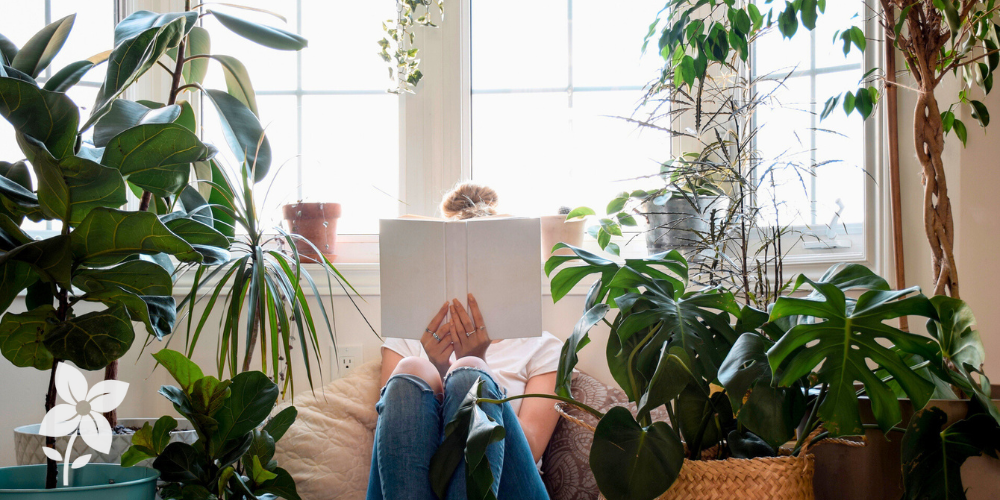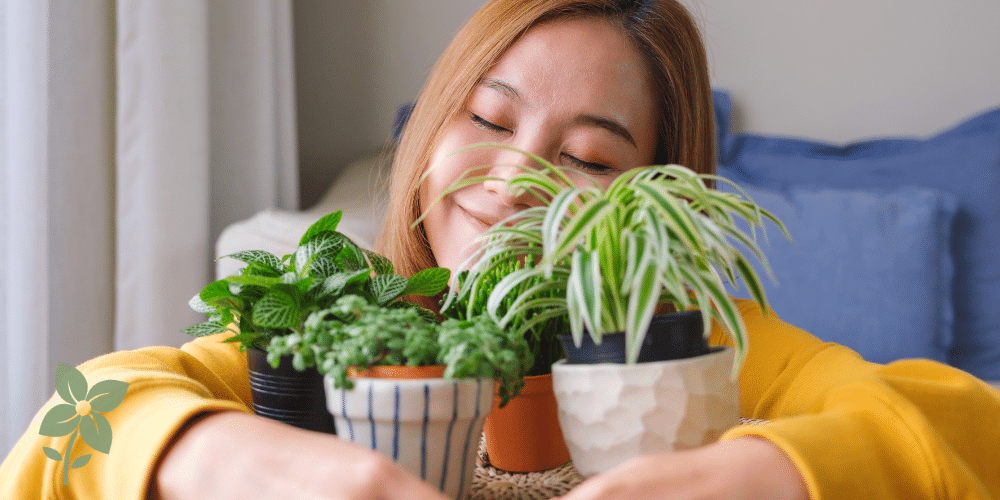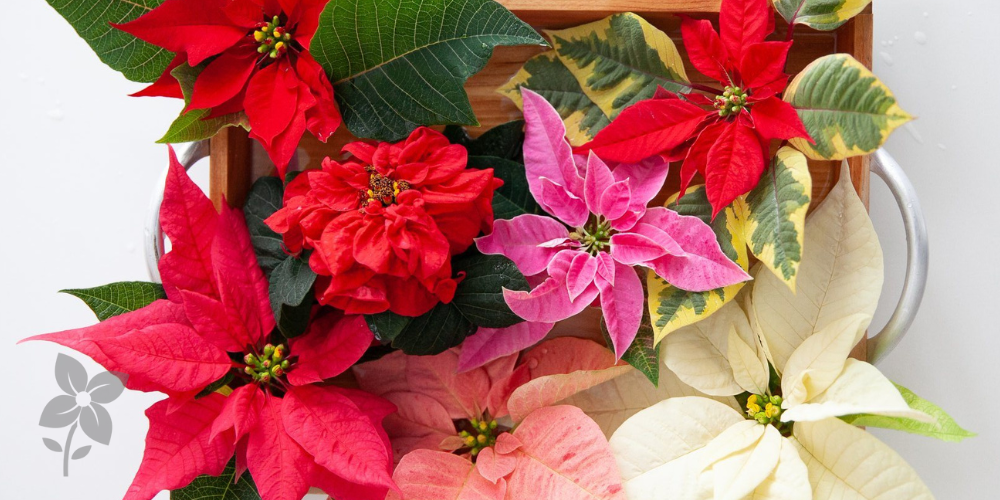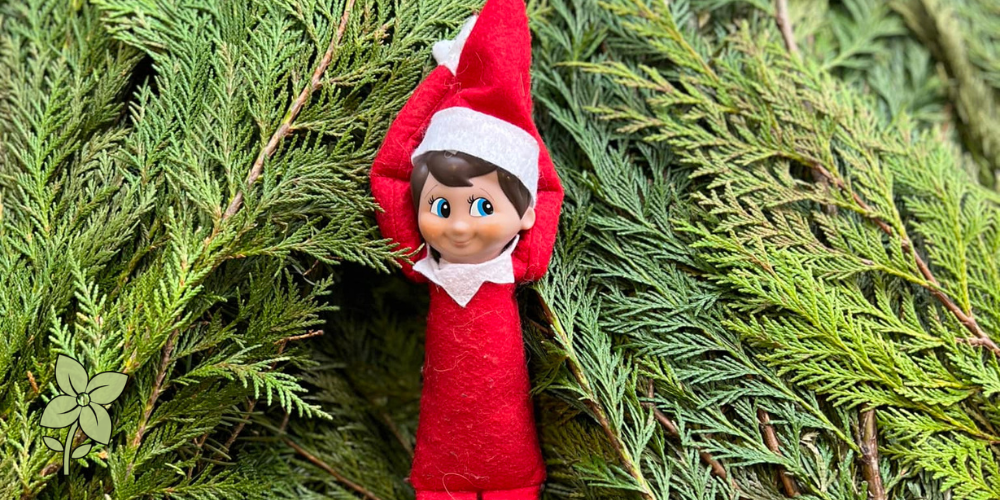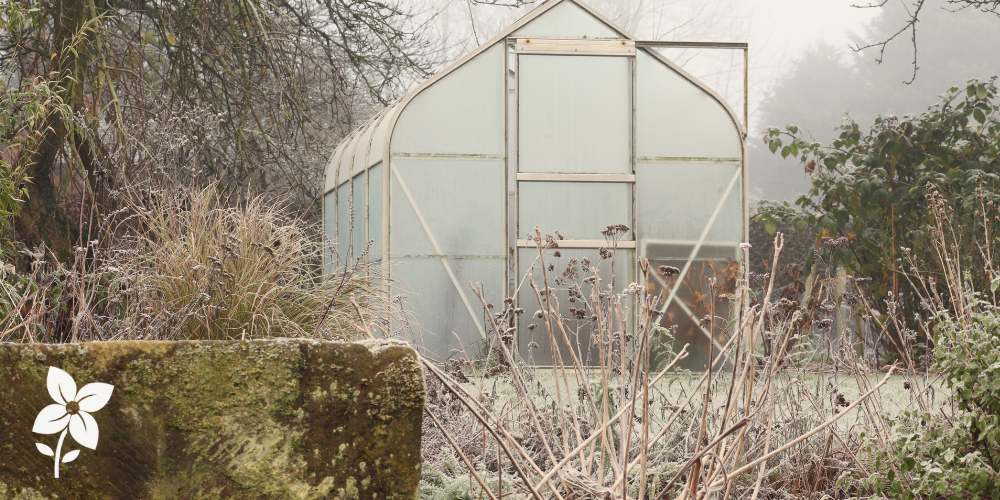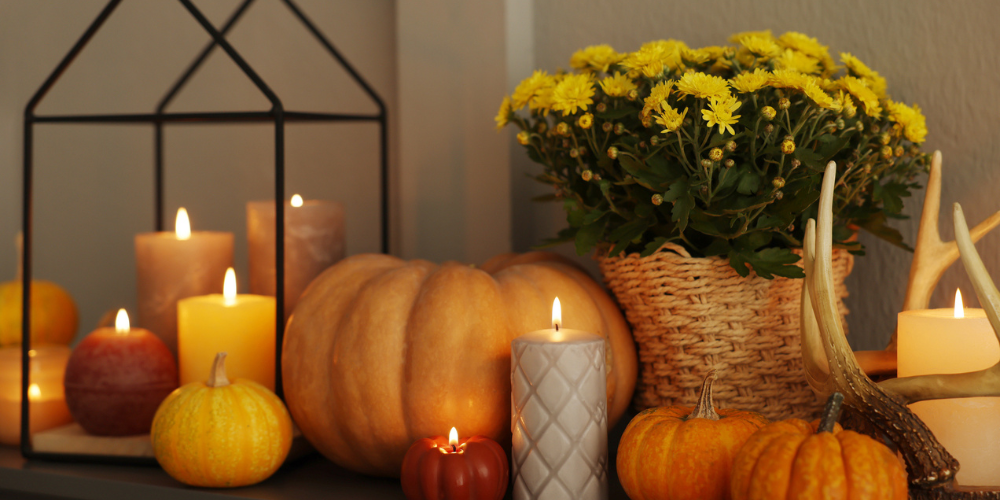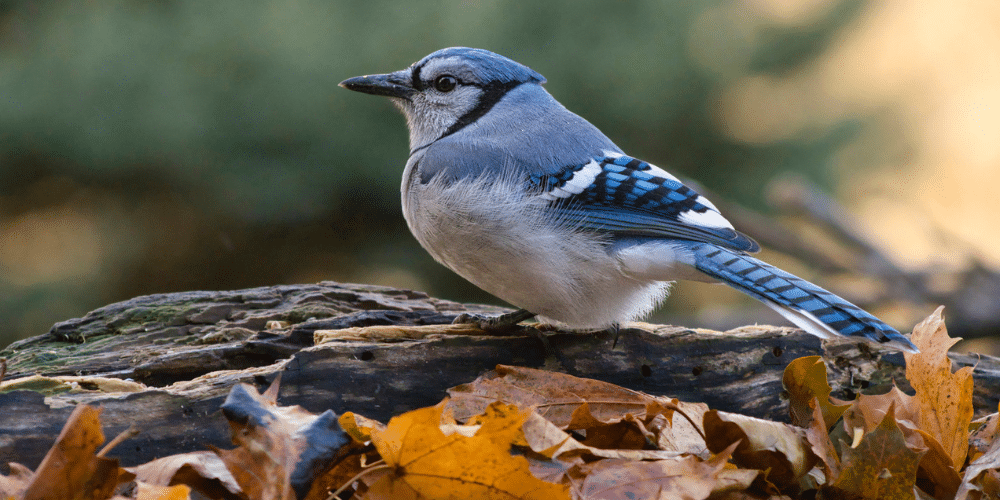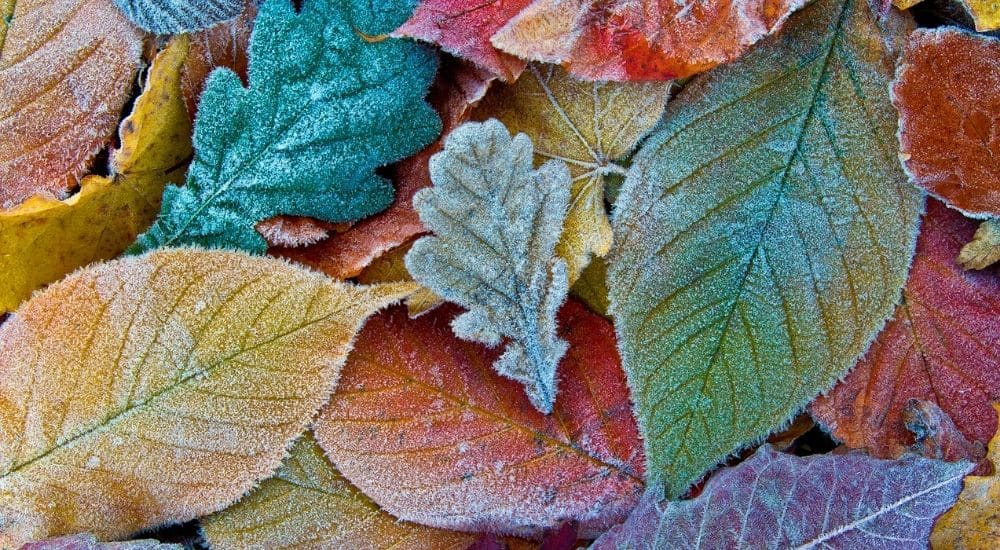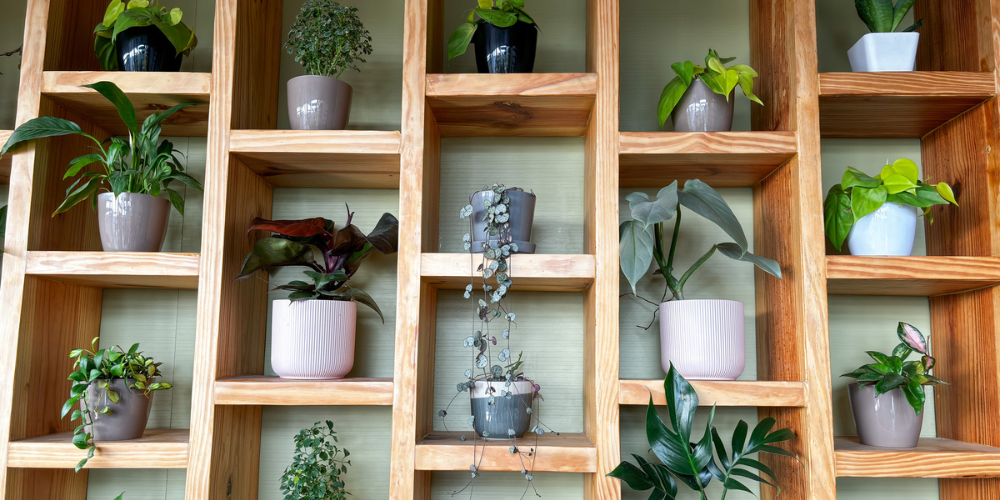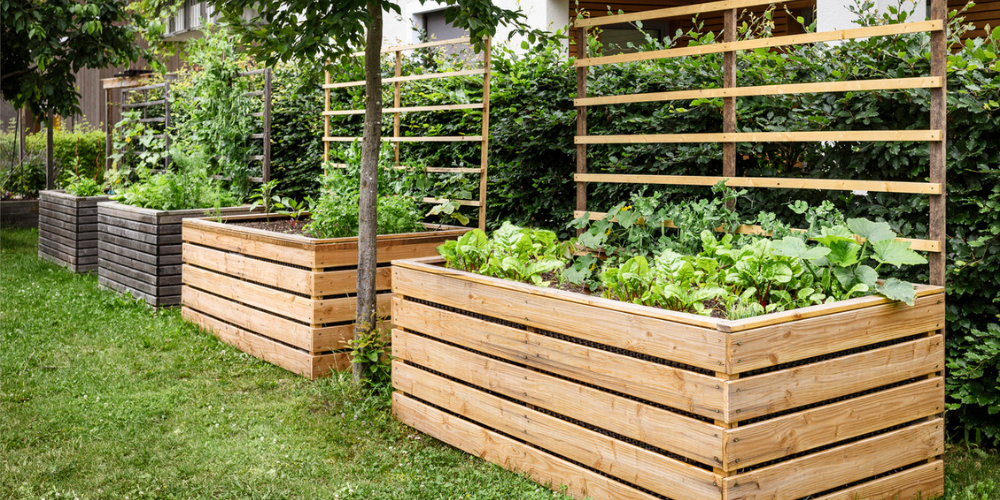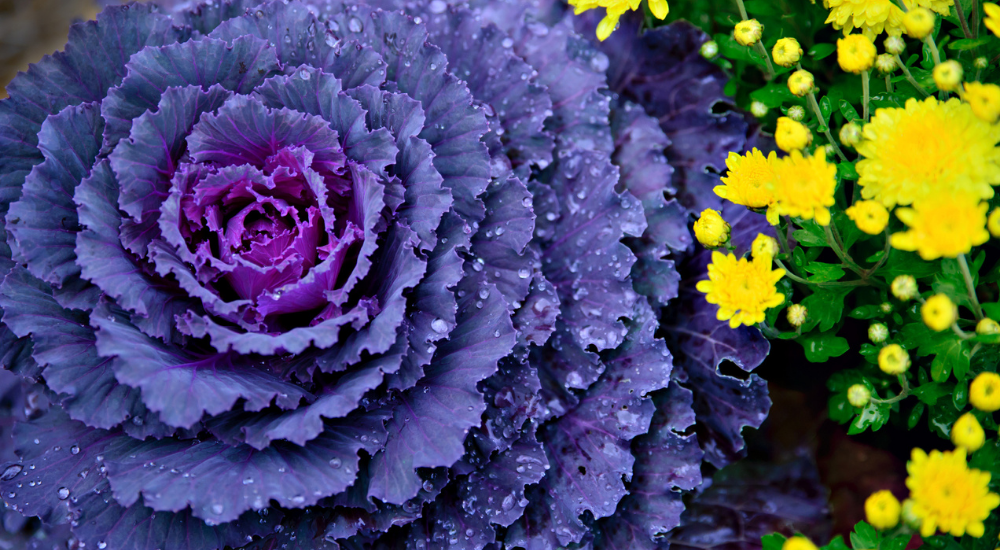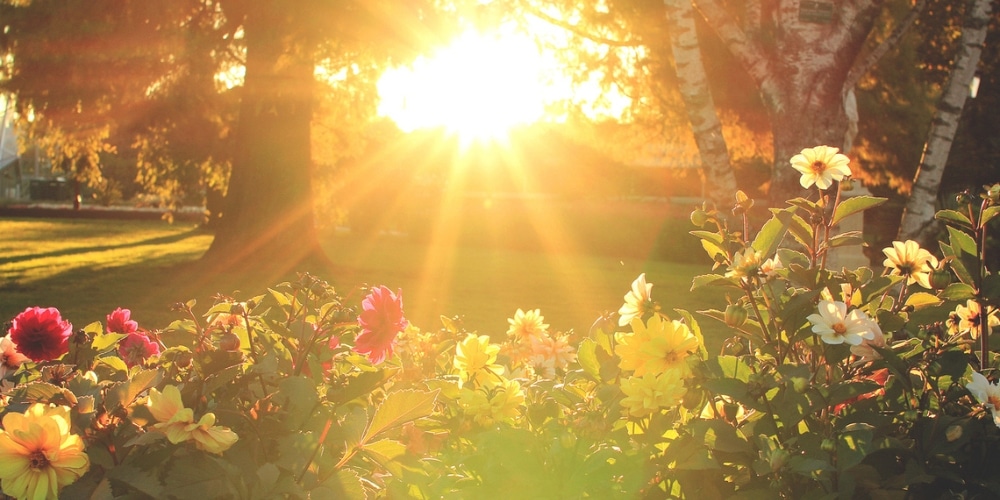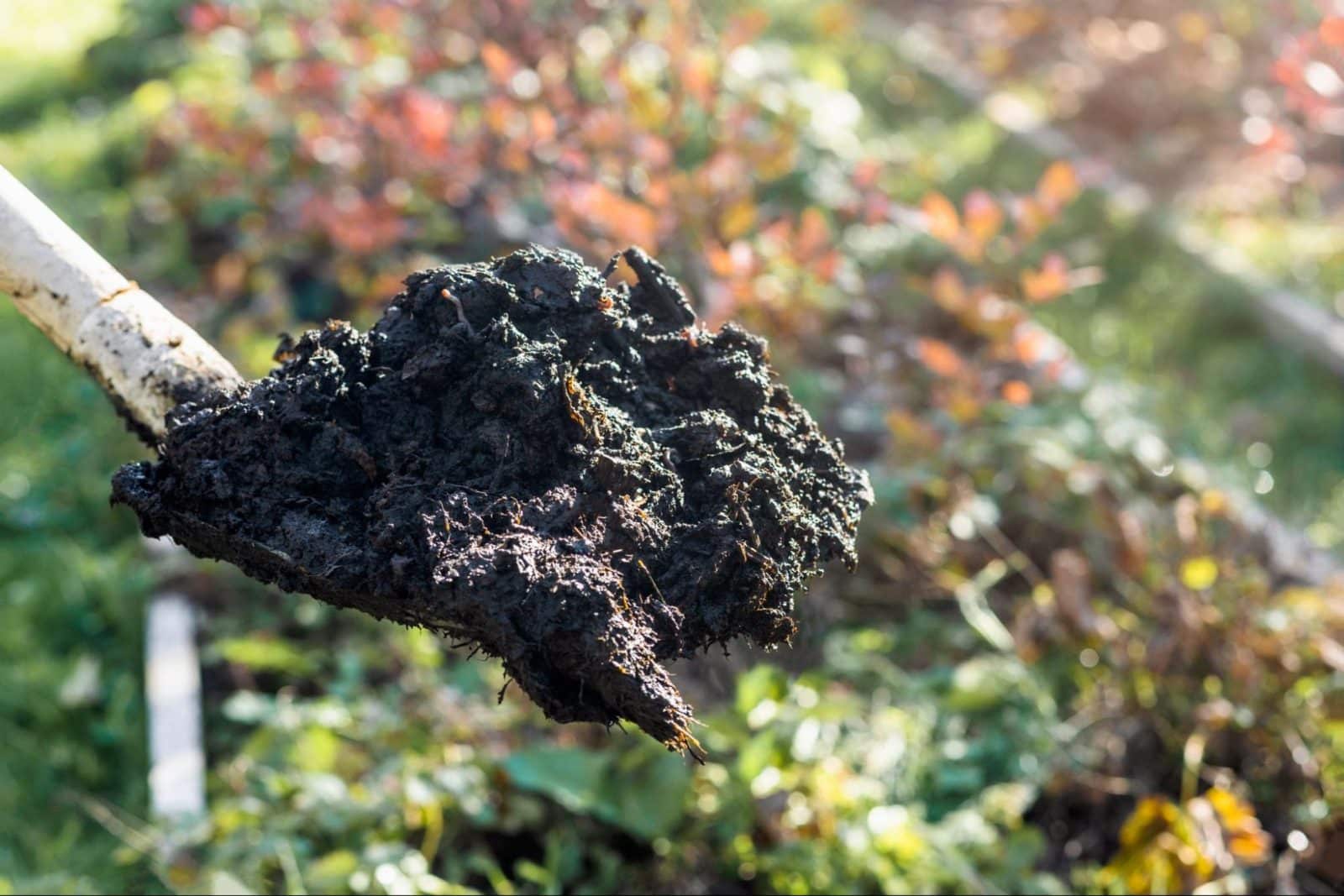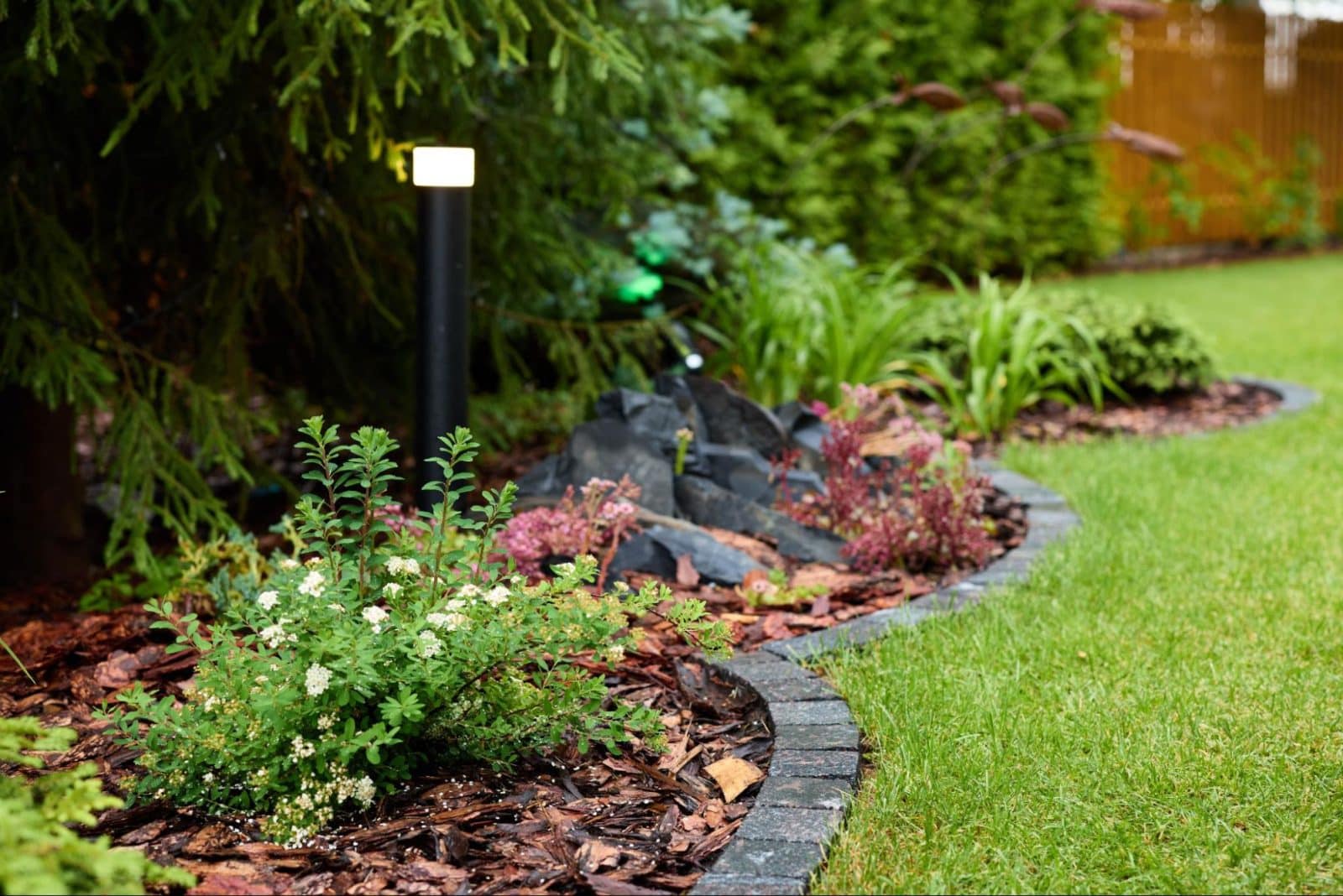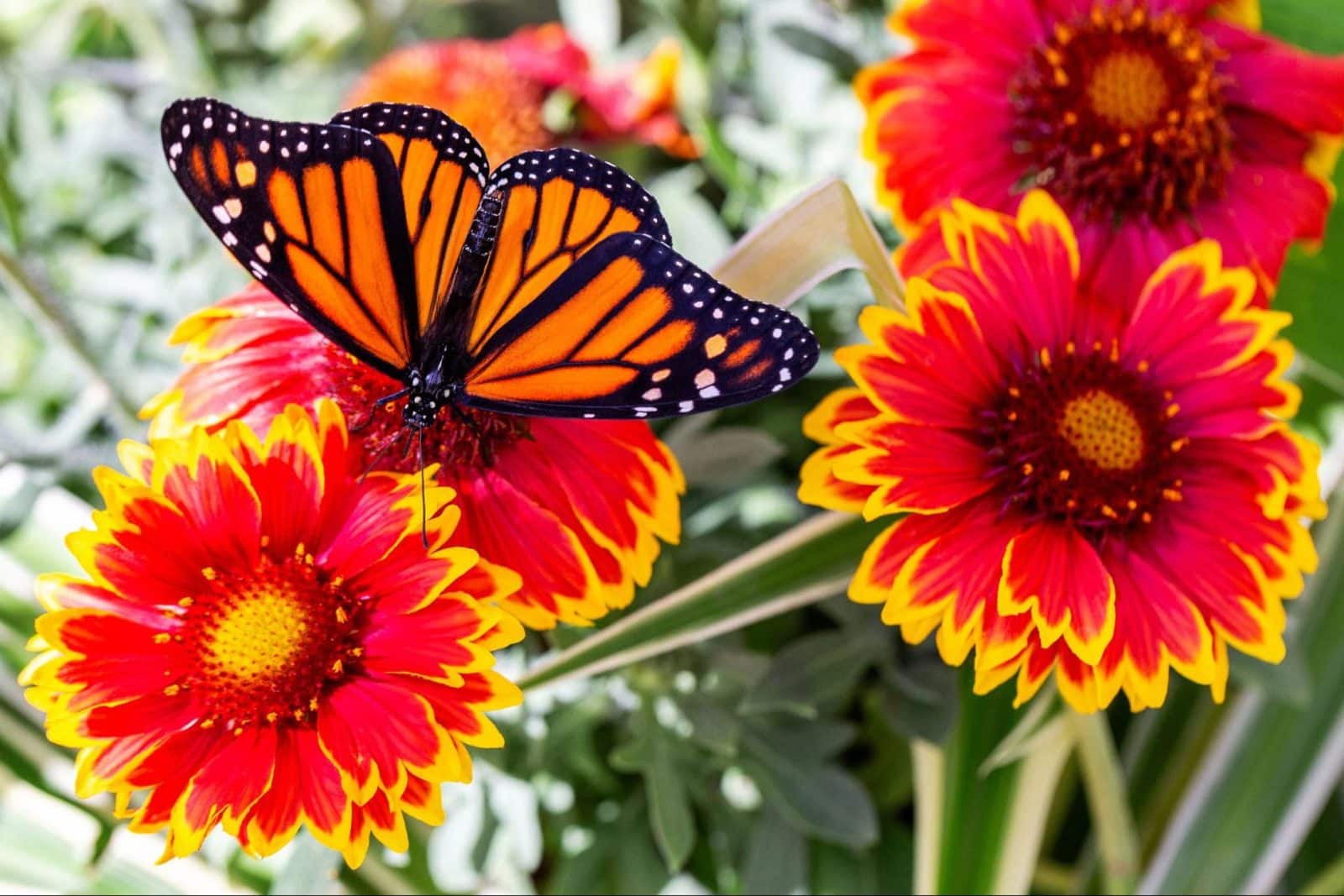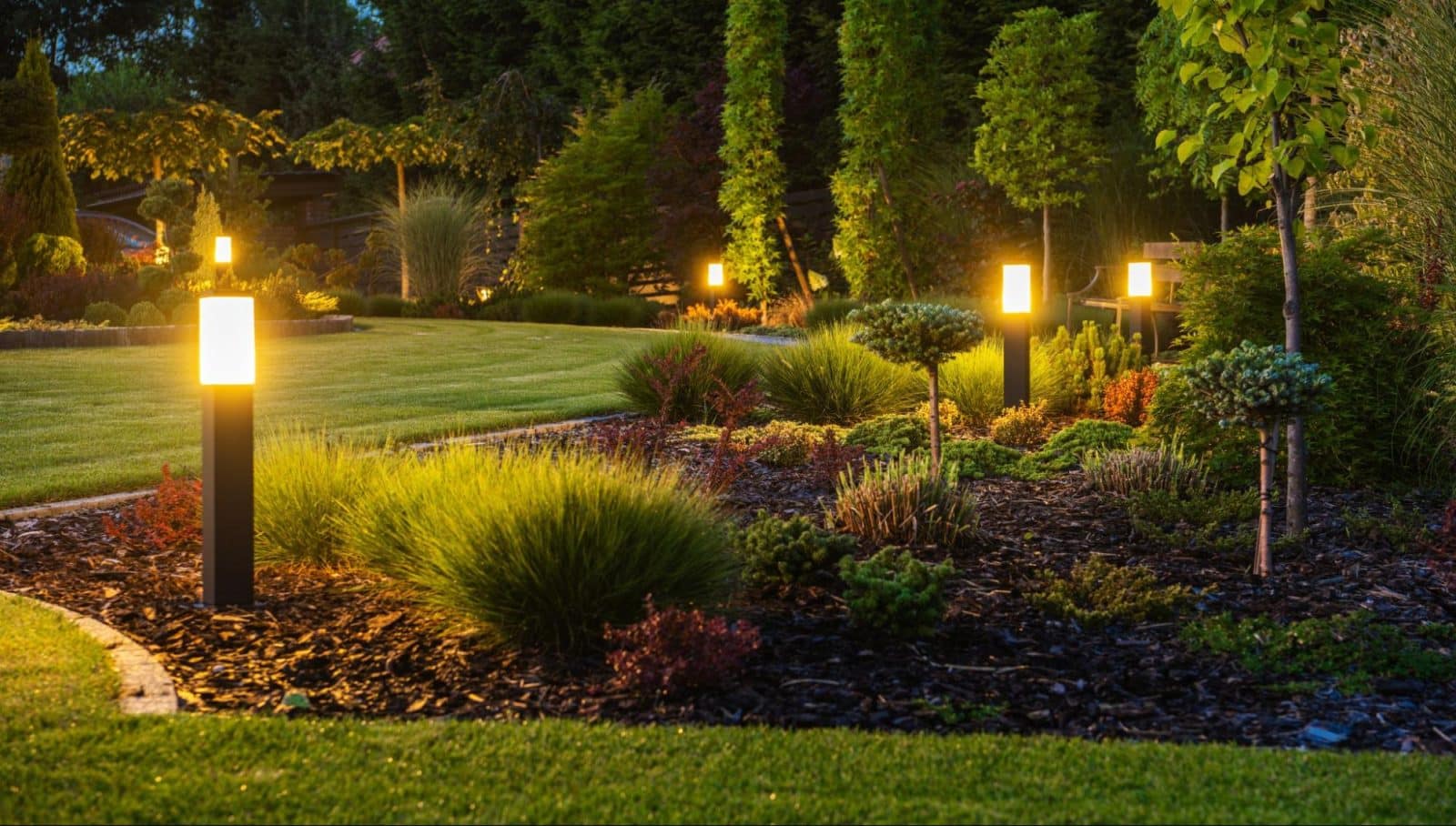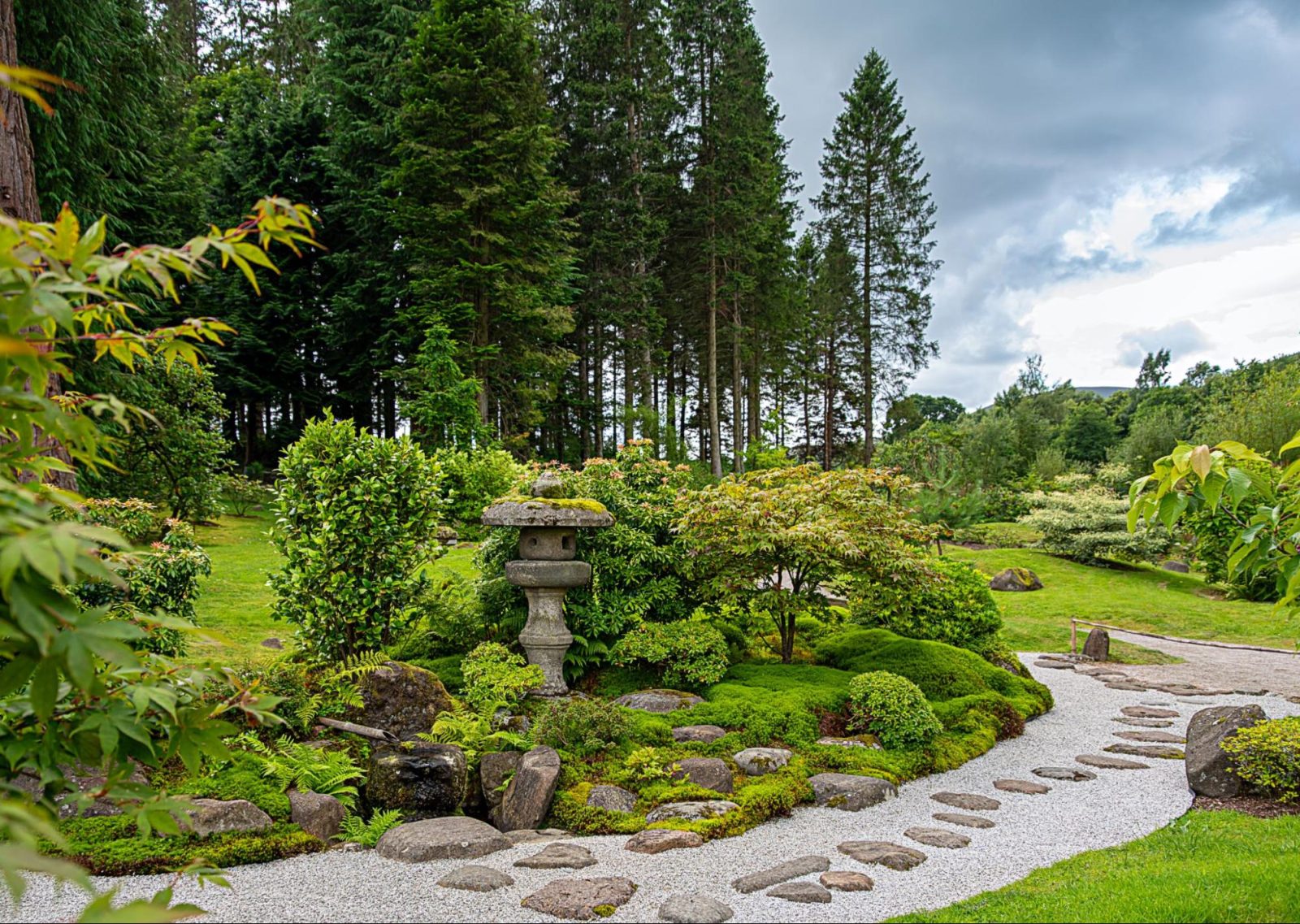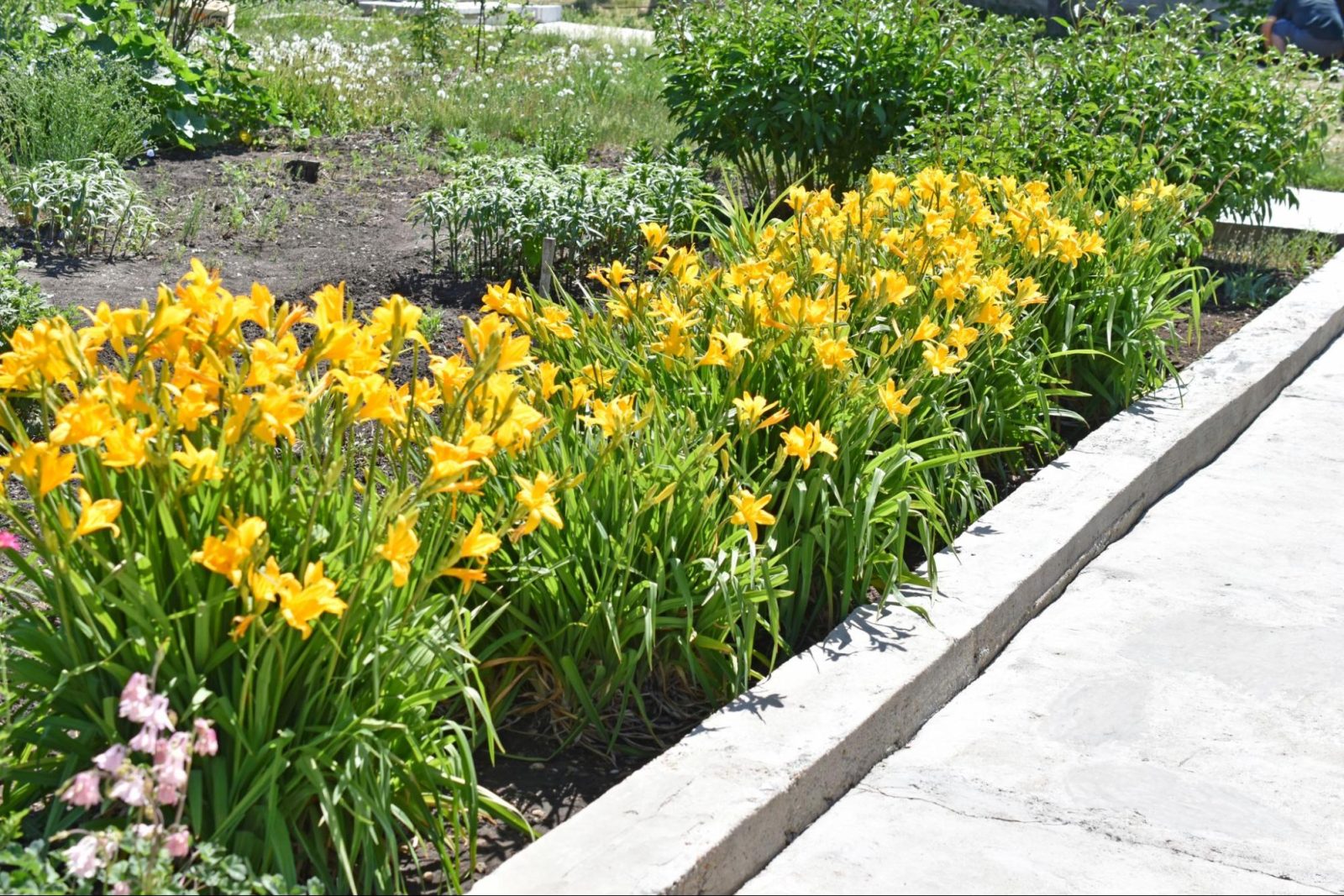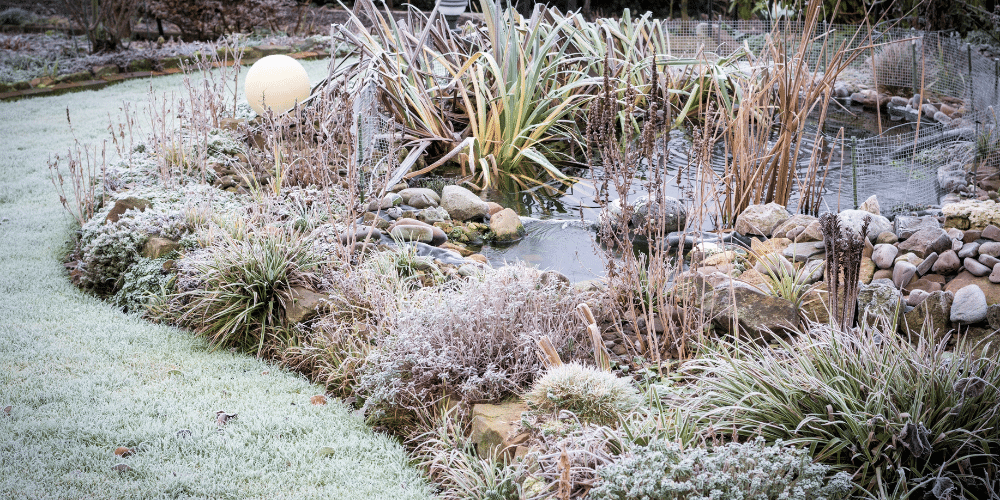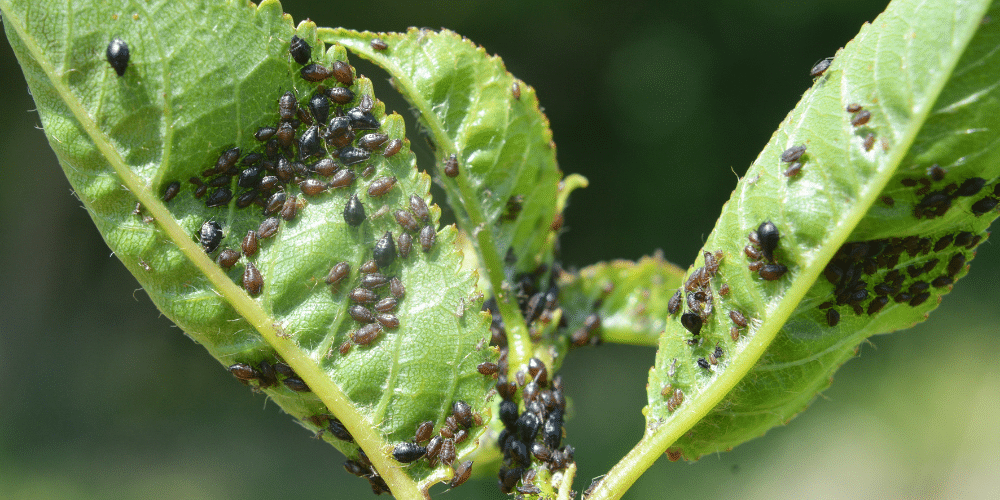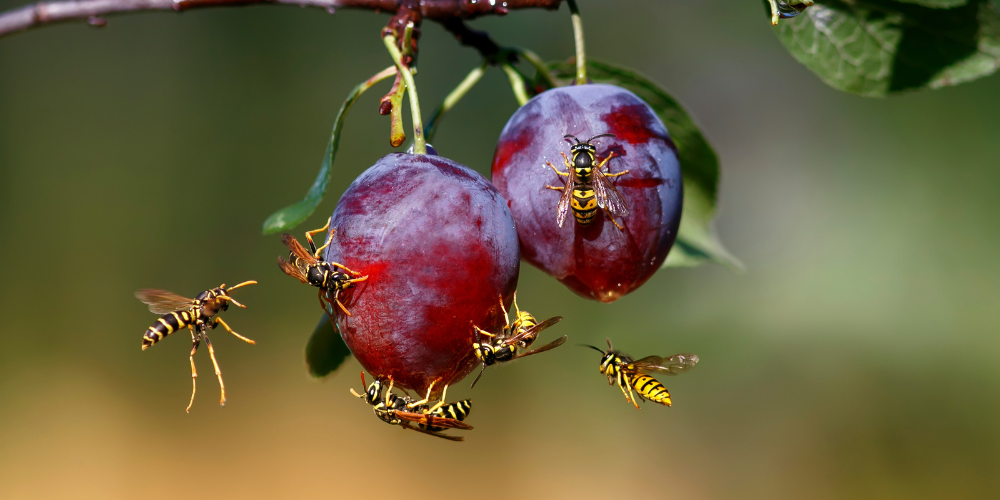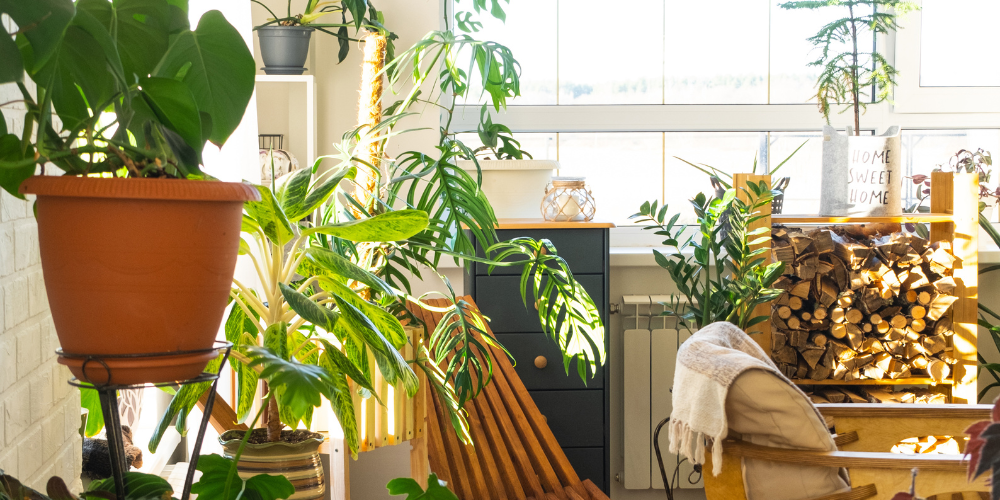
It doesn’t matter if you are a newbie looking to dabble into houseplant life, or a seasoned plant parent interested in expanding your collection, a jade plant is for you! This low maintenance beauty makes the “hard to kill” list for sure, but there are still some tricks you’ll need to keep in mind to ensure the jade thrives in your home! Perfect for beginners and a classic for experts, the jade plant will never disappoint, and we are going to tell you why.
A Bit of Background
The succulent jade plant originated in South Africa, but has been cultivated as a houseplant all over the world for more than a hundred years. Jade gets its name from its colour, as well as the tear-shaped or oval-shaped leaves. It is said that Dutch explorers brought the jade back to Europe after expeditions to Africa, and it became renowned for thriving in a wide range of indoor conditions.
The plant is also commonly found in Asia as part of Feng Shui, and the “friendship tree”, “lucky plant” or “money plant”, is a common gift for new business owners and business because it is said to be a good luck charm that attracts good financial energies and plentiful fortune.
Types of Jade Plants
Did you know that there are about 1,400 types of jade plants, including all cultivars and indoor and outdoor varieties?! The most common “true jade” is the Crassula ovata, and there are about 200 different Crassula ovata varieties of jade alone!
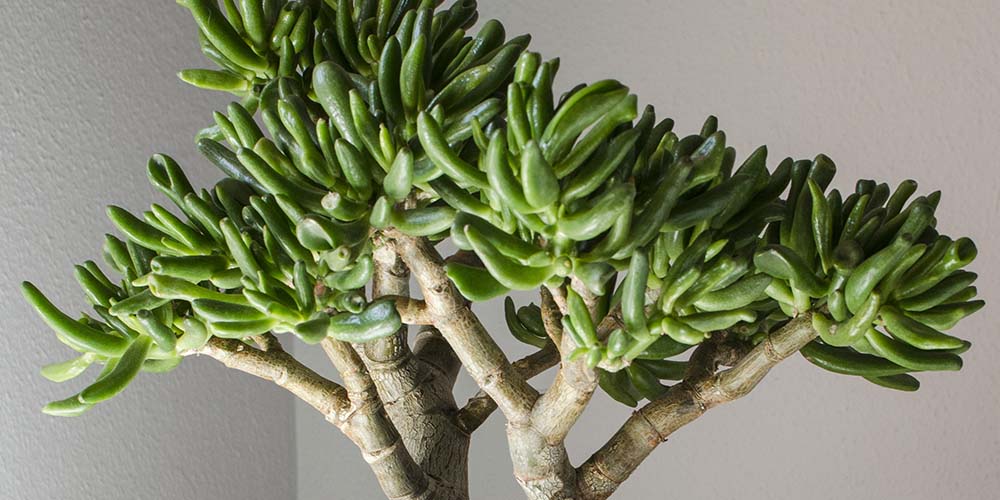
How to Care for a Jade Plant
As previously mentioned, these succulents thrive in most indoor environments and require very little care, but there are still some specifics that this stunner requires! Here are some tips for beginners and experts on caring for an indoor jade:
- Do not overwater””the jade is a succulent which means its plump, fleshy leaves hold water, and cannot tolerate its roots sitting in any water (as aforementioned, but we thought it was important enough to reiterate). Light watering every 2-3 weeks should be perfect, but of course, ongoing monitoring is best.
- Jade plants prefer extremely well drained soil; A cactus soil is best because it has a lot of sand.
- They should be planted in pots with hefty amounts of drainage so the roots are never sitting in water.
- Jades prefer bright rooms with plenty of natural light but they will also tolerate rooms with lower light; they just may not thrive as they would with more than 4 hours of sunlight a day.
- If you have neglected your jade for a couple of waterings, that’s okay! It would rather be too dry than too wet.
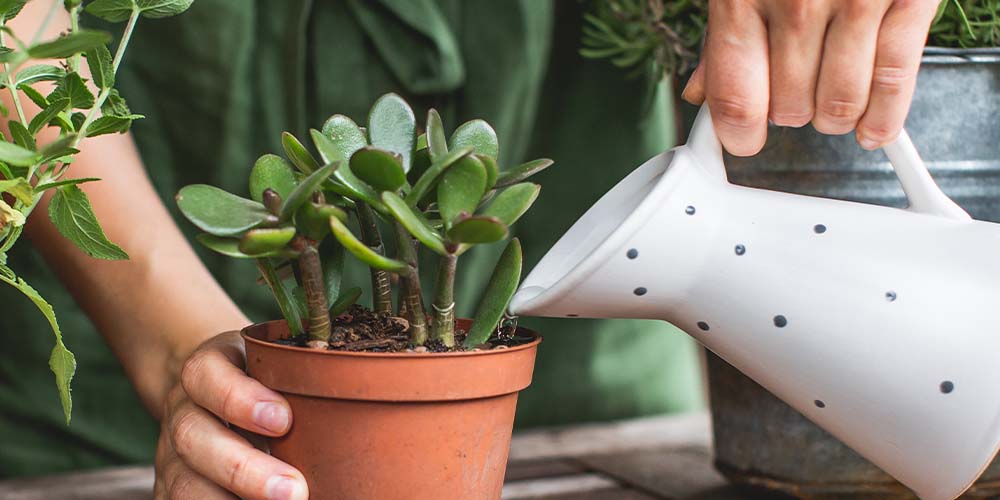
How to Fertilize Your Jade Plant
Fertilizing your jade about once every six months with a balanced, water-soluble fertilizer is the way to go. It is important to water before and after fertilizing, and to fertilize during your scheduled watering times. Fertilizing with water-soluble fertilizer on dry soil can damage the roots. A formula used for cactus or succulents is best, but a liquid houseplant fertilizer will work as well!
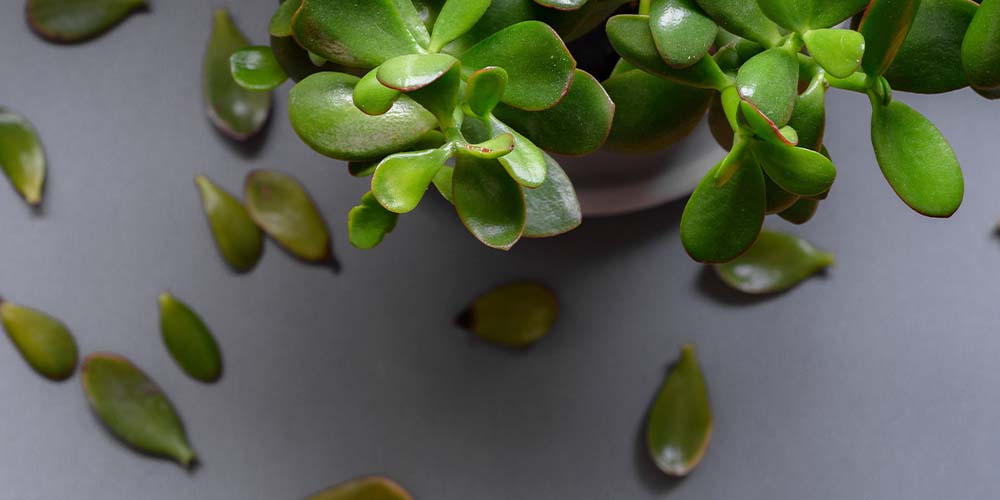
Why are the leaves on my jade plant falling off?
If you are noticing that your jade is dropping its leaves, it may need more sunlight, more drainage, or a liquid fertilizer that is high in nitrogen, to give its greenery a good kick. An African violet fertilizer would do well to serve this purpose.
If you need a stellar housewarming gift to encourage good luck and prosperity or if you just want to add another beauty to your collection, the gorgeous and timeless jade plant is for you. With so many different types to choose from, it would be difficult not to find one that perfectly suits you and your aesthetic at home! Find an eye-catching ceramic pot to go with it, and you’re sure to make any business owner, friend, host(ess), or yourself smile! If you are looking for jade plants near you, come see us at Salisbury Greenhouse for all your lucky jade plant needs.

